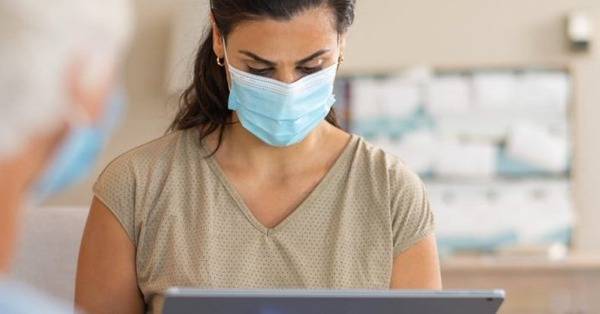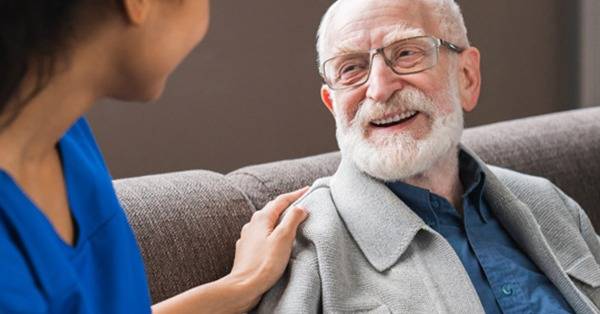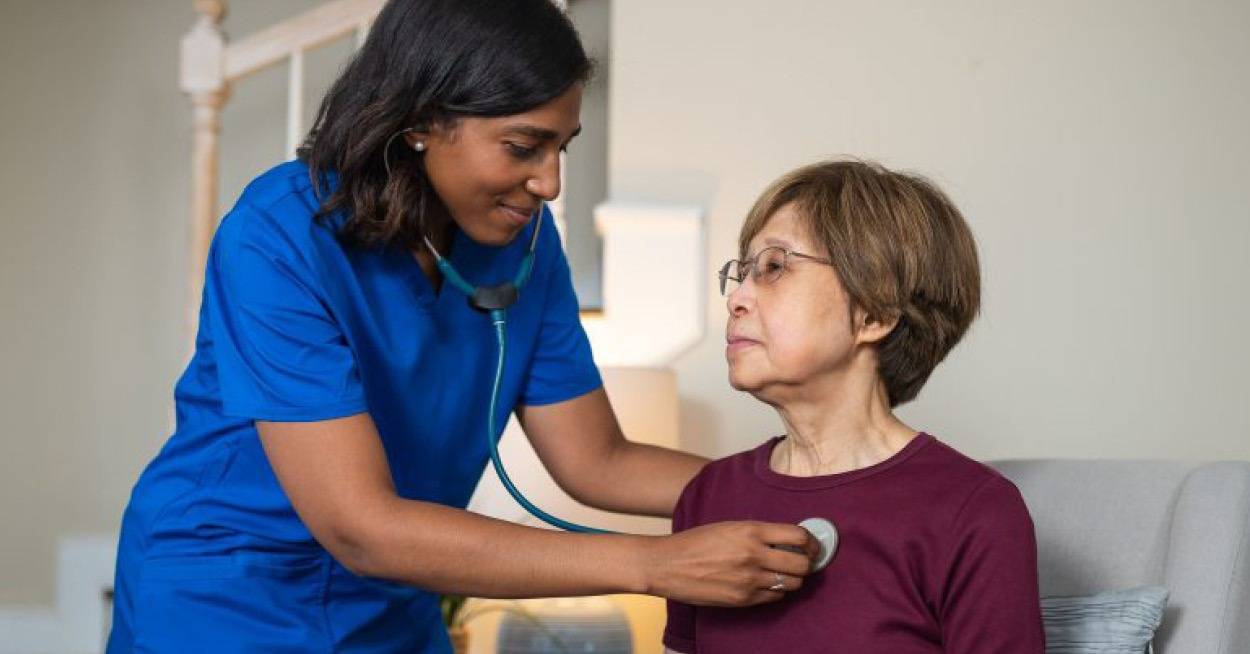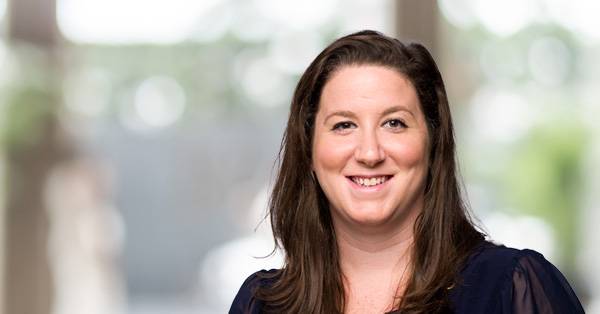- Solutions
- Solutions
- Home Health
- Hospice
- Life Plan Community
- Palliative Care
- Private Duty
- Senior Living
- Skilled Nursing
- Skilled Nursing
- Skilled Nursing Software
- Advanced Insights
- Customer relationship management
- Data and analytics
- Financial & operations management
- Marketing
- Nutrition management
- Referral management
- Regulatory compliance
- Retail management
- Resident engagement
- Revenue cycle management
- Skilled nursing interoperability
- Partners
- Blogs
- Resources
- About
- User Conference

COVID-19: Lessons from the frontline
As an RN charge nurse at a long-term care facility and a MatrixCare employee, I have two perspectives on the challenges COVID-19 presents to senior care staff and residents. Here are some things I’ve learned that I hope you find useful in your work.
Meeting the challenge of infection control
Infection control is one of the biggest challenges. Based on what I’ve heard from clients, it’s helpful to rotate dedicated staff to screen people who walk in. This includes employees, consultants, volunteers, and caregivers who provide services to your residents. Without having dedicated staff, it can become chaotic and compliance can be poor. It’s a good idea to provide a list of specific questions—even a laminated sheet as a checklist—to make sure the right questions are being asked consistently.
It’s important to have a process to track who can work when, who has been tested, and the last time they were tested. Routine testing should be based on the prevalence of the virus within your community, using the county positivity rate as the trigger for the frequency of staff testing. Reports of COVID-19 county-level positivity rates are available online for you to track.
Several of my clients use a surveillance binder. A binder can be helpful as a single source for tracking, and for ensuring that you’re:
- Monitoring the county positivity rate
- Obtaining orders for continued testing
- Creating procedures to address testing refusal by residents or staff
- Proving that you’re following CMS guidelines
Another facet of infection control is admissions. Because you have residents returning from hospital stays, leaves of absence, or appointments, it’s important to have a policy for when to quarantine people. Technology can help with this. For example, MatrixCare allows facility-specific protocols in census and real-time documenting quarantines and screenings, and can also provide insights into the effect of isolating residents in a specific area of your facility.
At the beginning of the pandemic, staff were quite nervous about entering a room and would fully gown-up. But since COVID has become the “new normal,” I’ve seen some of that initial caution disappear. It’s important to make sure everyone still follows protocols, and that they are still properly using PPE and notifying you when supplies run low.
New uses for technology
The pandemic has pushed long-term care providers to use technology in new ways. Early in the pandemic, I noticed that when nurse practitioners weren’t able to see their residents at multiple facilities, many started using mobile devices to conduct assessments and track residents’ health. Another new option from MatrixCare is Third Eye Health, which allows facilities to communicate via telehealth with licensed providers 24/7.
Technology can also help residents stay connected with family. It could be a resident’s own device like a mobile phone, or it could be staff sharing tablets or smartphones. Many facilities offer smartphones so they can video chat with family in the evening, which is helpful for residents but does create extra tasks for staff since they have to make sure phones are charged and residents know how to use them.
CareCommunity is another MatrixCare tool that can help residents and families stay connected, and also allows providers to share data with others on the care team as well as family members. Its remote monitoring capabilities can help residents stay connected and offer peace of mind.
Foster a positive outlook
Although technology helps facilities manage current challenges, I also believe positivity is needed more than ever. Stress and burn-out are real—but remember that small things really do go a long way. Here are some ideas:
- Theme days when residents and staff can dress up or decorate some units help lighten the mood.
- Virtual meetings help residents stay connected with each other and with families.
- Window visits let residents see the faces of their loved ones.
- “Certified Caretakers” who have been specially trained on how to use PPE and COVID policies can be allowed into a resident’s room on specific days.
- A pen pal program can connect residents with the larger community and gives them something to look forward to each day.
Since it seems we’ll be dealing with this pandemic for a while longer, I hope these ideas help keep your staff and residents safe and happy until we get back to “normal.”
Request a demo today for a closer look at MatrixCare.
See what MatrixCare can do for you
Cassie Diner
Cassie Diner joined the clinical team at MatrixCare in May of 2013 after graduating with a BSN, RN from College of Saint Benedict. That same year she became the RN charge nurse at a long-term care facility. In 2015 she became a senior trainer and eventually became a Senior Manager of Client Education at MatrixCare in 2018. Cassie currently works as a Clinical Product Manager and continues to work at a long-term care facility as the RN charge nurse. Being part of the MatrixCare team allows her to utilize her technology, clinical, and leadership skills.
Related Posts



See MatrixCare in action
Start by having a call with one of our experts to see our platform in action.
MatrixCare offers industry-leading software solutions. Thousands of facility-based and home-based care organizations trust us to help them improve efficiency and provide exceptional care.
© 2025 MatrixCare is a registered trademark of MatrixCare. All rights reserved.





